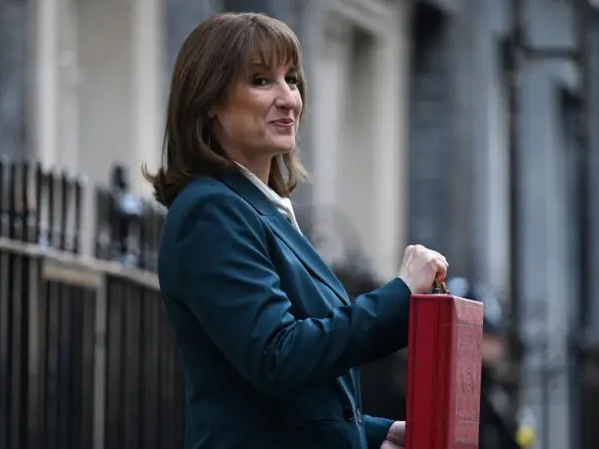Farmhouses – HMRC, when deciding if a house is a farmhouse, rely on the ‘elephant test’ i.e. while it might not be able to define a farmhouse it is generally easy to identify one. There has been a wealth of case law covering this one issue and there is a five stage test which includes aspects such as whether the house is relevant to the size of the land and whether the farm office is located there.
Farm Cottages – To qualify for Agricultural Property Relief farm cottages must be appropriate to the property and the land occupied with the cottages must be of a character appropriate to the property. Additionally it must be occupied by someone of the required status (e.g. farm workers).
Farm Buildings – Farm buildings must of a character appropriate to the land – which they usually are unless the land is very small. The building must be used for the purposes of agriculture. Agricultural Property Relief will not be available for derelict buildings.
Horses – A paddock will not qualify for Agricultural Property Relief in itself. The breeding and rearing of horses on a stud farm does qualify for Agricultural Property Relief subject to meeting the qualifying conditions.
Planning Point – Agricultural Property Relief will be diluted if any mortgage or charge reduces the value of the agricultural property.
This is a complex area of the law, and we recommend that anyone who believes Agricultural Property Relief to be available to seek appropriate advice to ensure any relief is maximised and not lost or reduced by failing to meet some of the qualifying criteria.














